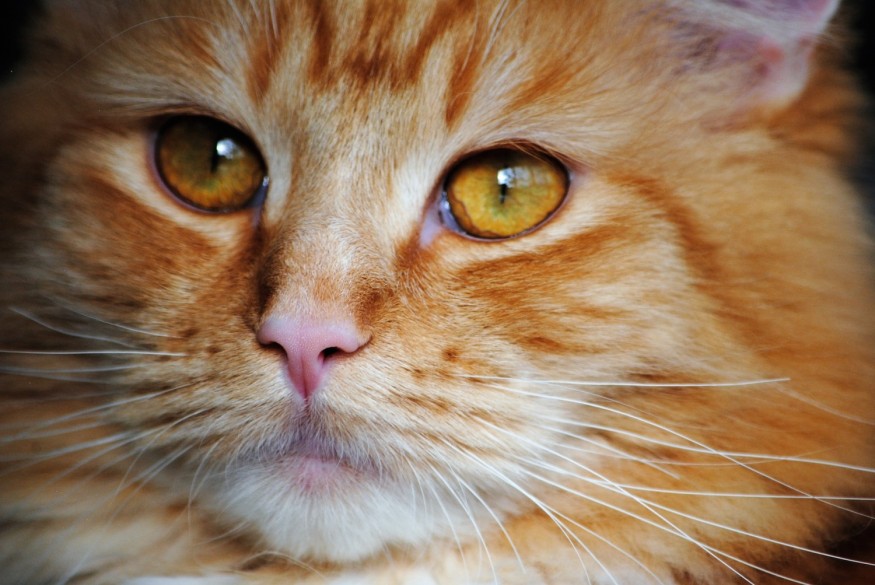Cat whiskers are the sensory hairs that we see around the nasal area of our house cats and even other big cats in the wild, including lions and tigers. Veterinary authorities describe whiskers as "coarser" and "thicker" than regular hair and do not cover the entire body of the feline.
They are specifically located above the eyes of a cat, on its chin, on its forelegs near the ears, and above the upper lip. The location of whiskers is viewed by experts as strategic rather than random since it is near the brain, eyes, and ears, which are crucial for the animal.
These unique hairs in cats help them to have increased spatial awareness of their surrounding environment, guiding their movements, and reflexes, and locking on targets that the average human eyes cannot follow. Whiskers are also one reason why cats always land on their feet when falling.
This trademark feature among cats is a product of millions of years of evolution, where cat whiskers allowed the ancestors of the domestic and wild cats that we see today to hunt their prey with precise accuracy.
Cat Whiskers Facts

In the case of pet cats, the thick lines of hair they have are some of the things that makes them cute, in addition to their furry and adorable behavior.
Although familiar to some people, these sensory hairs have hidden features and below are some cat whiskers facts:
- Whiskers in cats should end in 24 or more even numbers.
- Whiskers are sensitive since they are deeply embedded to the nervous system.
- Whisker size is proportionate to the size of the cat.
- Whiskers can be moved by cats.
- Whiskers show a cat's mood.
- Whiskers cannot be cut even if they grow and shed naturally.
What Happens If a Cat Loses a Whisker?
With all the facts mentioned earlier, cats losing one or more of their whiskers (either from plucking or cutting) can result in loss of spatial awareness, decrease senses and motor control, and imbalance of the body.
According to WebMD, cat whiskers do not need trimming unlike the other hairs on the cat's body. Veterinarian Jane Brunt stated that if whiskers are cut down, it will be like blindfolding someone and taking away one of the cat's ways of identifying what is in their environment. In short, a feline with a cut whisker will experience disorientation and fear.
Mammalian Evolution
In a 2011 study published in the journal Philosophical Transactions of the Royal Society, researchers from the University of Sheffield in England stated that whiskers marked a milestone in mammalian evolution from reptiles.
The researchers compared rats and mice with their distant marsupial relatives, showing that the movable whiskers were a significant mark in the evolution of mammals from reptiles, which includes crocodiles, alligators, lizards, and other related hairless animals in the class Reptilia.
This shows that cat whiskers and other hair possessed by mammals are unique and a trademark of animals belonging to the class Mammalia.
Related Article: Average Cat Lifespan: Do Domestic Cats Live Longer Than Wild Cats?
© 2025 NatureWorldNews.com All rights reserved. Do not reproduce without permission.





